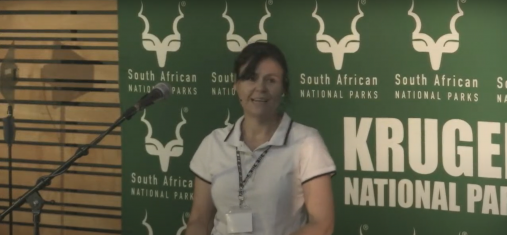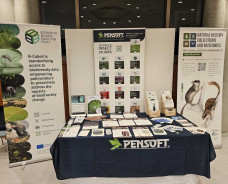At the Savanna Science Network Meeting 2024, earlier this month, B-Cubed partner Sandra MacFadyen from Stellenbosch University presented her work on ‘Dynamics of Dominance: Rainfall, fire and mega-herbivores interact to influence landscape functioning’.
In a time of global biodiversity decline, protected areas like Kruger National Park are essential for conservation. Particularly, large protected areas safeguard diverse species, maintain natural habitats, and support important ecological processes. To understand these ecosystems, it's crucial to decode their interconnected components. Using Piecewise Structural Equation Modelling, Sandra’s study delves into factors like landform, river proximity, rainfall, herbivore densities, and fire frequency to determine their impact on landscape heterogeneity in Kruger.
Results show dynamic patterns, with increased herbivory usually resulting in heightened spatiotemporal heterogeneity. However, elevated elephant numbers lead to temporal homogenization in dry seasons. Fires cause increased temporal heterogeneity but lead to homogenization when an area burns for two consecutive years. Diverse landforms and fewer fires are linked with heightened temporal heterogeneity in both wet and dry seasons. A notable gradient of landscape heterogeneity is seen from North-West to South-East, especially during the dry season.
Conclusively, the intricate mosaic of landscape heterogeneity, a sign of biodiversity health, is shaped by multiple interacting elements. This research provides insights for ecologists and park managers to evaluate and address these factors, enabling better management of complex systems like Kruger.
You can watch her full presentation here.



